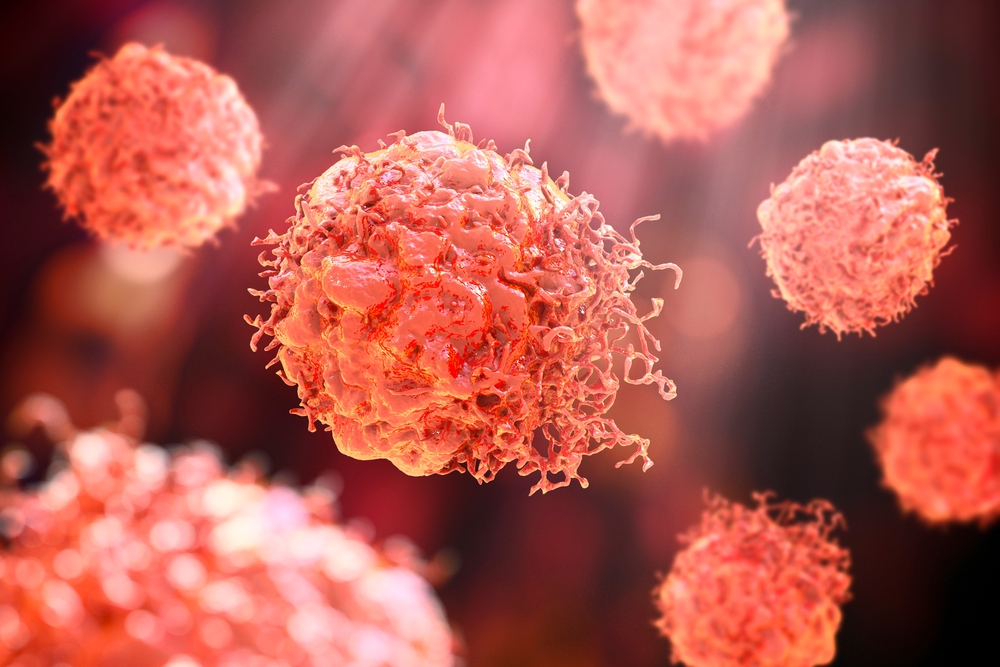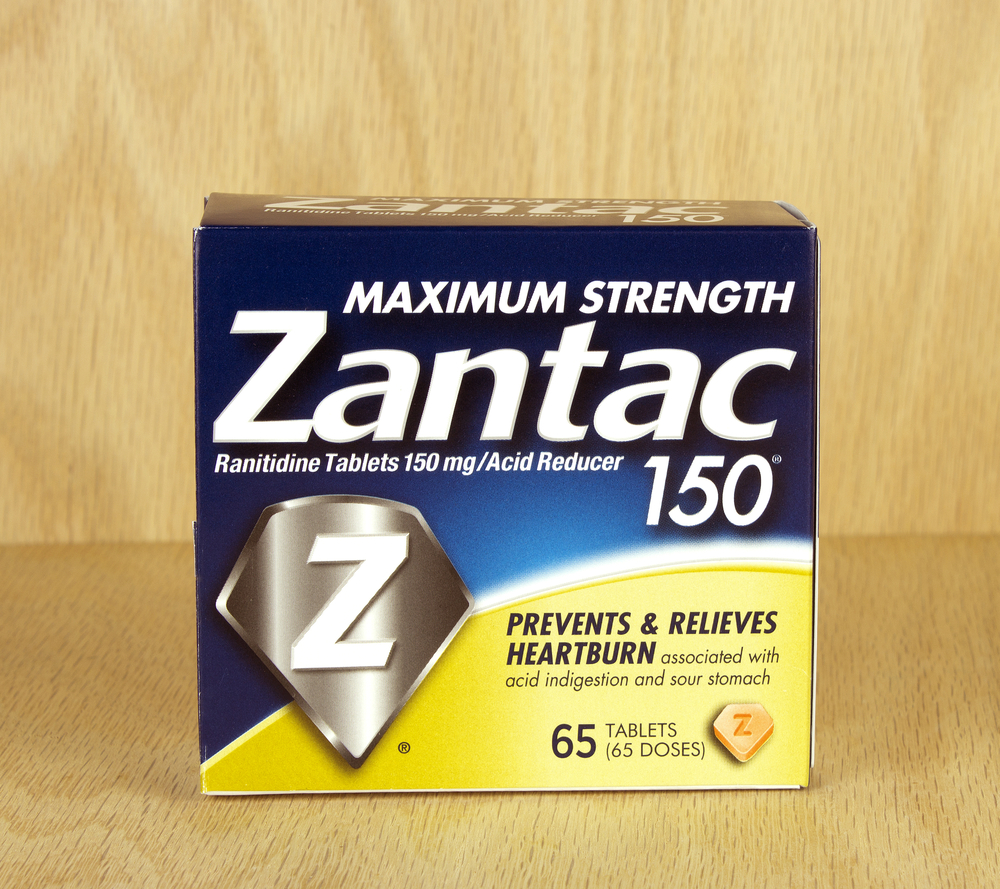What Cancers Are Linked to Zantac?
Zantac, a heartburn medication that became a household name after its release in 1983, was discontinued in 2020 after a small pharmacy startup called Valisure tested its active ingredient, ranitidine. They discovered alarmingly high amounts of a chemical called N-Nitrosodimethylamine, or NDMA.
NDMA is a natural chemical classified as a “probable” human carcinogen by the U.S. Environmental Protection Agency (EPA). It is found in air, water, food, tobacco and beauty products, but usually in tiny amounts easily broken down by humans.

Ranitidine is in a class of drugs known as H2 blockers. The over-the-counter version relieves heartburn symptoms by reducing stomach acid. The prescription version treats heartburn as well as more serious gastrointestinal problems such as ulcers, overproduction of stomach acid and gastroesophageal reflux disease (GERD).
The U.S. Food and Drug Administration (FDA) requested the removal of Zantac from shelves after additional research found that long-term storage of the drug in humid environments – such as keeping it in your medicine cabinet and only using it as needed – can increase the levels of NDMA past acceptable daily levels.
Zantac users can now purchase Zantac 360, a new ranitidine-free version launched in 2021.
NDMA-Cancer Link Supported by Research
While there is no clear consensus on whether ranitidine definitively causes cancer, the EPA’s latest update (2017) on NDMA classifying it as probably carcinogenic to humans is concerning.
Animal studies consistently produce strong evidence that high NDMA levels can lead to a wide variety of cancers, in addition to extremely damaged livers, lungs and other organs.
This animal study conducted by the Agency for Toxic Substances and Disease Registry, an entity of the CDC, observed cancers of the liver, lungs, kidney, stomach, bladder, prostate, colon/rectum and testicles.
Even recent human studies have demonstrated an increasing link between cancer and NDMA.
In January 2021, Valisure and the Memorial Sloan Kettering Cancer Center published an online study of more than 10,000 patients that found a “significant” association between ranitidine use and elevated risk of breast, bladder, thyroid and prostate cancer. Ranitidine tablets added to simulated stomach acid produced up to three times the safe amount of NDMA.
More About Cancers Linked to Zantac
Ranitidine-causing cancers include nearly every part of the body and have different symptoms and outlooks. The following survival odds are based on the five-year survival rate, meaning the percentage of patients still alive five years after their initial diagnosis. The rate only applies to localized cancer, which means the disease has not spread into the lymph nodes or other body parts.
- Stomach or gastric cancer comes on very slowly. Symptoms usually go undetected while pre-cancerous changes affect the stomach lining—70% survival rate.
- Lung cancer is the second most common for men and women besides skin cancer and has two types, small cell and non-small cell—29% and 64% survival rate, respectively.
- Kidney cancer is twice as likely in men than women and rarely strikes under age 45, but has a promising survival rate of 93%.
- Bladder cancer symptoms include painful urination, blood in the urine and swollen feet—survival rate 70%.
- Breast cancer is a highly genetic cancer that overwhelmingly affects women; just 1% of men in the U.S. develop it. It has a 99% survival rate if caught early.
- Colorectal cancer begins as growths called polyps on the lining of the rectum or colon. Larger polyps mean greater cancer risk—90-91% survival rate.
- Prostate cancer will strike in one out of every eight men, especially older and/or Black men. Survival rate if caught early is 99%.
- Liver cancer has a strong link to ranitidine use. Death rates have more than doubled since 1980. Survival rate is just 35%.
If you have used Zantac and are concerned about cancer, see your healthcare provider right away. If you’ve used Zantac and contracted cancer or other health problems, you also may want to contact an attorney experienced in handling Zantac lawsuits. You may be able to recover damages, as Zantac’s manufacturers are currently facing more than 100,000 Zantac lawsuits.









